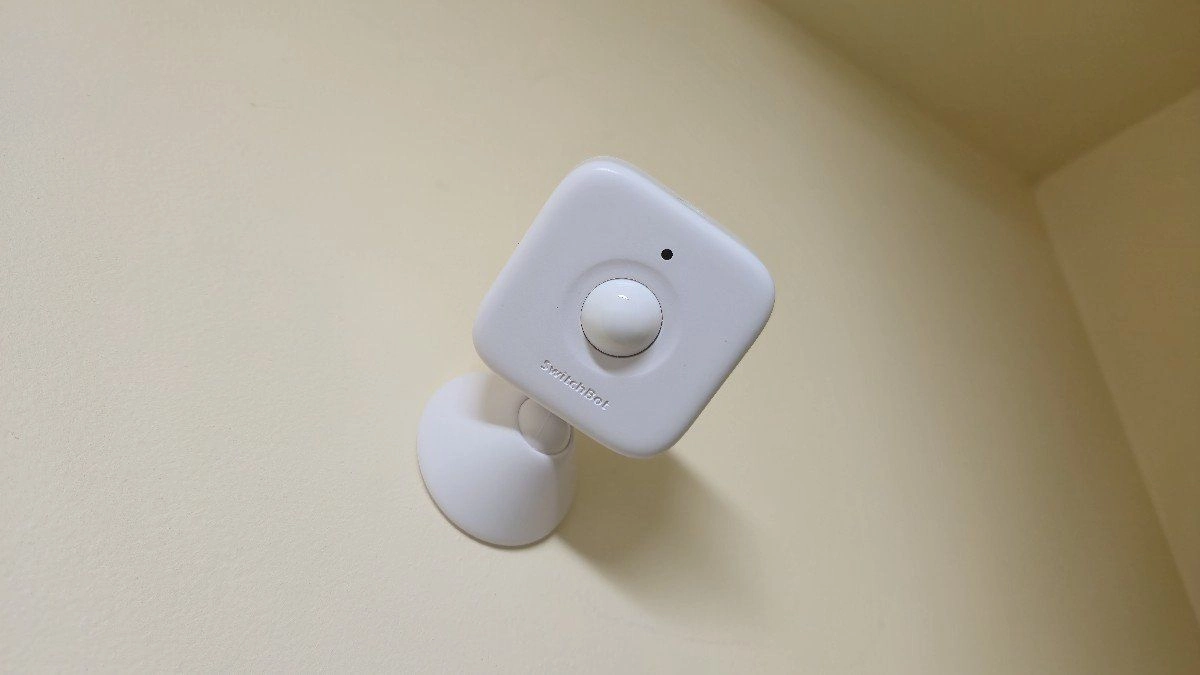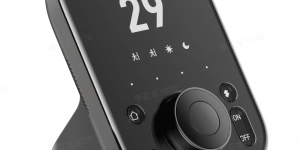So you have a Samsung TV or fridge, and you’re looking to start, or extend, your smart home? A Matter-compatible motion sensor is a versatile building block to become familiar with, and adding one to SmartThings is likely easier than you expect.
What type of hardware do you need?
Samsung SmartThings is one of the most popular smart home ecosystems, and it comes baked into numerous Samsung products. To use Samsung SmartThings with a Matter device, you need something that can serve as a smart hub. In Matter terms, this device is what’s known as a Matter Controller, because it controls your other devices.
In my house, our SmartThings hub is a Samsung Frame TV. Many Samsung TVs can serve as SmartThings hub with support for Matter devices. Here’s all you need to know about setting up your Samsung smart TV for Matter.
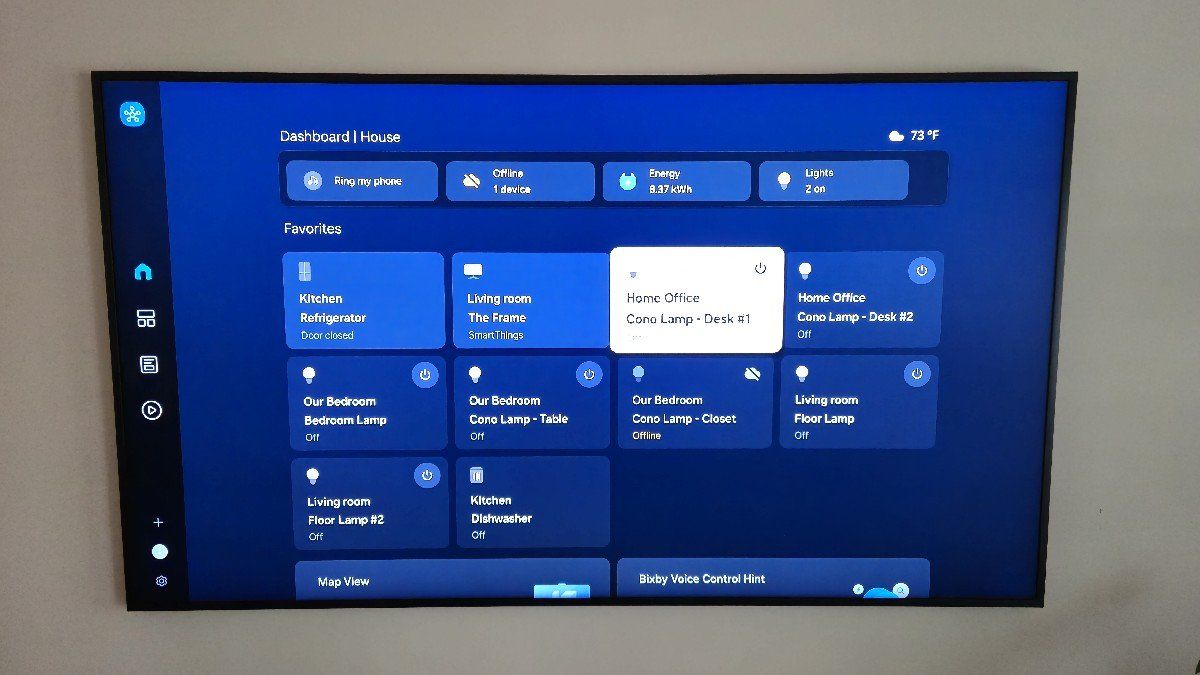
Some Samsung fridges can serve as hubs instead, specifically those with the built-in screen known as Family Hub. Like with a Samsung TV, you can control devices directly from the fridge or via your phone
Download and set up the SmartThings app
While you can control devices directly on your TV or fridge, the process is easier to do on a phone. If yours didn’t come with SmartThings pre-installed, or you previously removed it, you can download the latest version from the Play Store or from the Apple App Store.
To use SmartThings, you will need to create a Samsung account if you don’t already have one. While Matter connections take place over your home’s local network, the SmartThings software relies on the cloud to function.
Adding a motion sensor to SmartThings
First, you’ll need to pick out a motion sensor. I’ve personally purchased and reviewed the SwitchBot Motion Sensor—but I invite you to read our list of the best Matter-compatible motion sensors. SwitchBot’s works just fine and is quite affordable, but it depends on also having a SwitchBot hub (such as the SwitchBot Hub 3, which happens to also have a motion sensor built-in) in order to connect to a SmartThings hub via Matter.
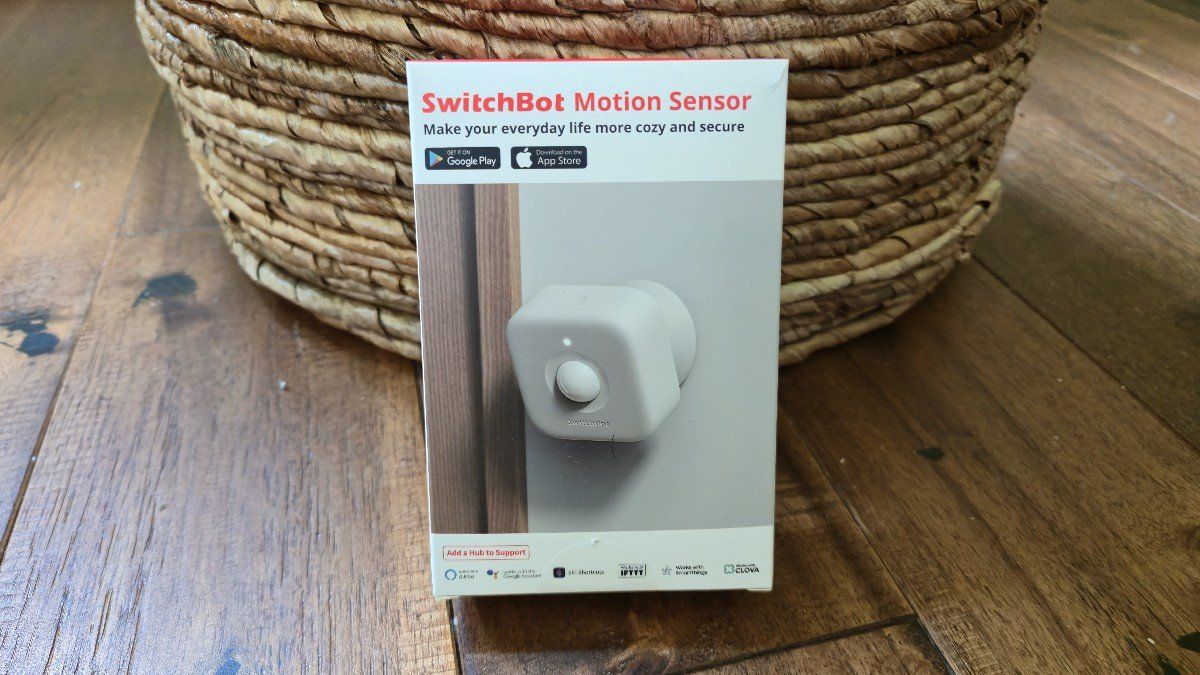
I’ll skip the steps necessary to connect my motion sensor to the SwitchBot hub, since that part varies by device, and yours may not need a secondary hub at all.
To add your motion sensor, you’re going to need a Matter setup code. This is often a QR code included in the box. If you need help, here's how to find the pairing code.
Then:
- Open SmartThings
- Tap the + and select Add device.
- Tap Partner device.
- Select Matter
- If you have a QR code, aim your camera at it. If not, tap Add without QR code and type the pairing code manually.
SmartThings will then go through the process of onboarding your device and eventually ask you to give the device a name and assign it to a room.
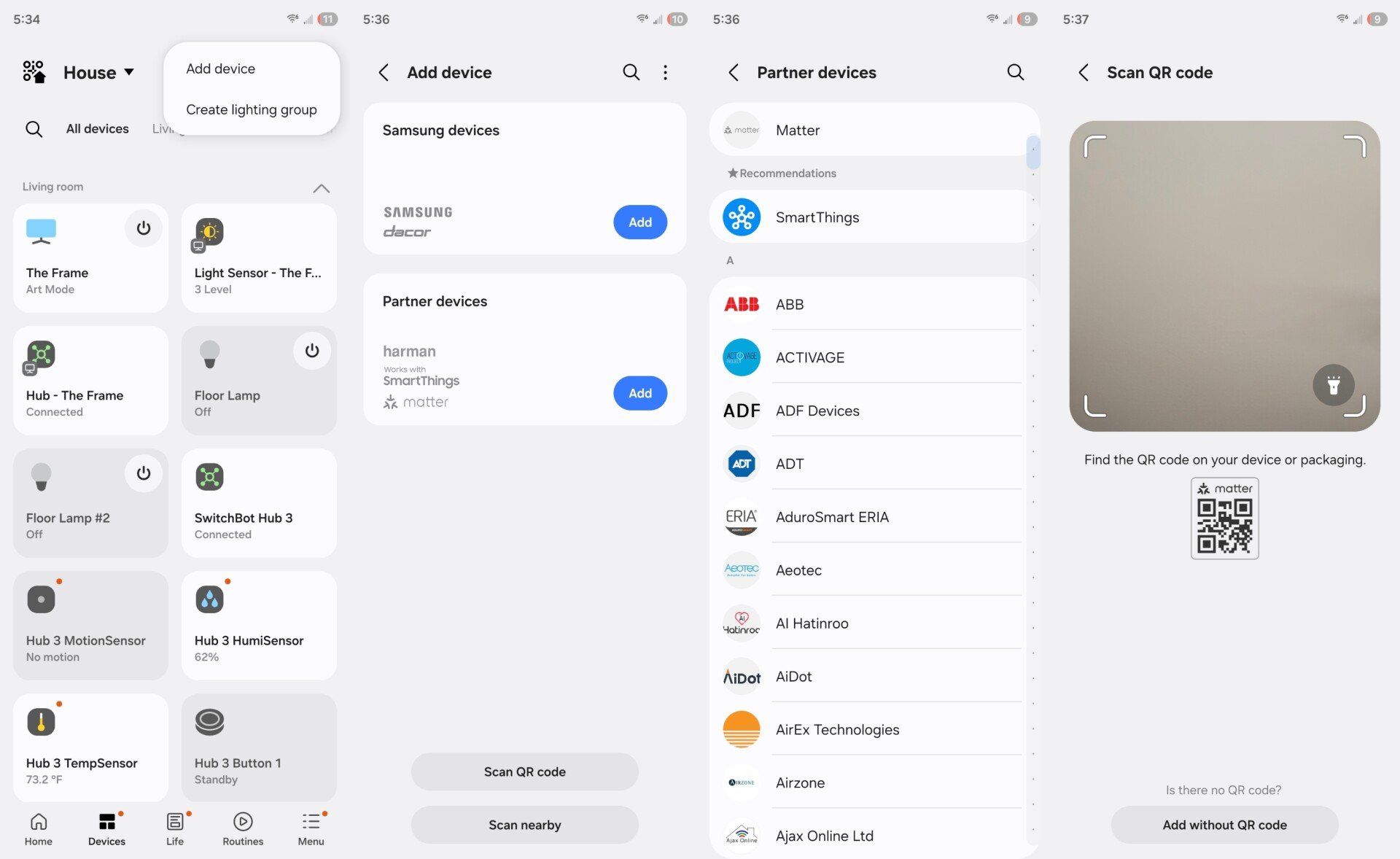
How to enable your motion sensor
Unlike most smart devices, you can’t toggle a motion sensor on and off in SmartThings by tapping a button or speaking a voice command. Instead, you’re going to need to create a routine. Don’t worry—this is easier than it sounds.
- Select your motion sensor in the SmartThings app.
- Tap the Routines option at the bottom.
- There are a few preconfigured routines available, such as only turning on lights during set hours. To create your own routine, tap Add routine.
You will now see the screen set up as an If Then statement. Towards the top, tap Add condition. Then stap Device status and select your motion sensor from the list. You can then select Motion detected if you want something to happen with the sensor detects movement, or No motion if you want something to happen when there’s no motion. SmartThings will then ask if you want the resulting behavior to stop after a certain amount of time.
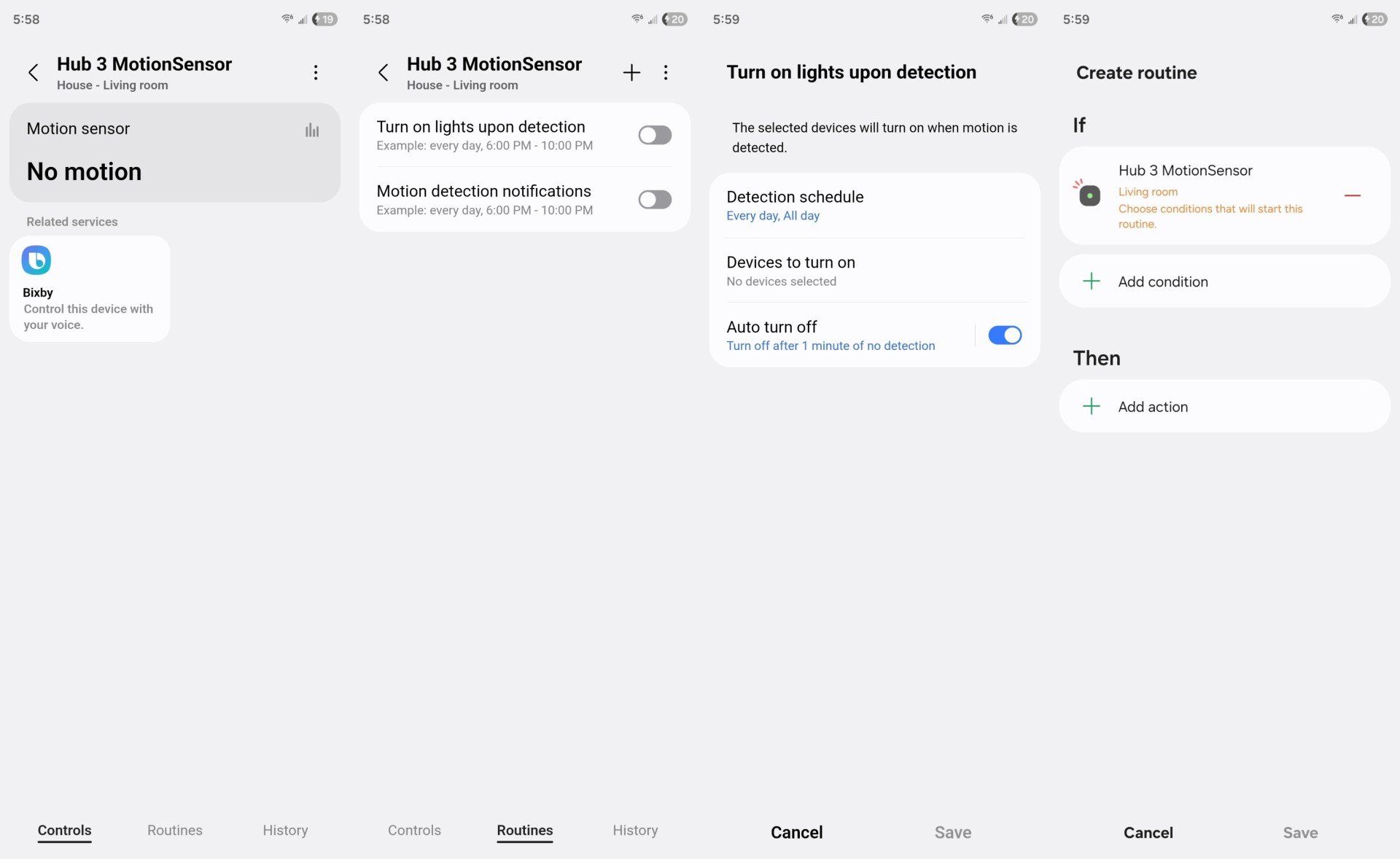
Then, towards the bottom, select which action you want to take place. You can have a light turn on, turn off, or gradually dim; you can send yourself a notification; you can indicate to your home that you’re away, which informs it to turn off the lights and adjust the thermostat.
You get the idea.
Things to keep in mind
You may need to take time configuring aspects of your motion sensor, such as how wide and far its range of vision should be. This likely will need to take place in a separate app, since sensitivity isn’t tweakable within SmartThings. It may take trial and error to stop a motion sensor from detecting when you walk by a room, like a pantry, but haven’t actually stepped inside.
Before you buy motion sensors in bulk, try one out and see what you think. You may find that you walk by an area more than you expect and trigger a bunch of activations that you don’t actually intend. It may be easier to rely on voice commands or a timed schedule instead. With direct experience, you can learn what works best in your situation.
